
It doesn’t matter if ten percent of your workforce is in the field or if 100 percent of it is. One of the top attributes that contributes to the success or any business is clear and effective communication. Think about it for a minute. How can you expect to successfully deliver a product if the people responsible for its creation can’t even manage to maintain a dialogue that keeps everyone operating on the same page? (Hint: You can’t.)
With that in mind, we thought we’d offer a little advice on how to more effectively communicate with your team
Be crystal clear.
We get it. This seems like obvious non-advice but work with us here. More often than not, miscommunications happen because of gaps, left-out information, or even nonverbal cues that contradict the actual message being delivered. Make sure you are relaying all pertinent information, clearly and concisely. And if speaking in person, versus through an email, mind those facial expressions and gestures that could, say, suggest that you really don’t feel strongly about what you’re saying.
Listen to your team.
This is probably the most important tip of all. While it may not seem like a tip that necessarily involves you actually communicating with anyone, taking the time to listen to your staff — actually hearing what they have to say — sends an extremely powerful message. It’s one thing for an employer to speak about having an open-door policy and an entirely different matter to see it in action. Whether it’s office grievances or ideas for process improvement, let them not only be heard but show that you are listening. You can achieve this by repeating certain talking points back and asking questions.
Ask questions.
Like we mentioned above, asking questions helps to really demonstrate to your staff that you’re actually listening to them when they talk. But it also helps to clarify any confusion there may be, assuring that you are all on the same page. However, when asking questions, make sure not to veer off to another topic altogether. Stay focused on the subject at hand.
Approach conflict from all angles.
It’s almost impossible to avoid some sort of conflict amongst colleagues. No two minds work the same and, at one time or another, different viewpoints are going to clash. What matters is how conflicts are resolved. As a leader, be sure to hear both sides of the equation, keep an open mind, and don’t play favorites. It’s important to maintain a high level of diplomacy and help all parties involved come to some sort of resolution so everyone can move forward.
Avoid discussing divisive topics.
We’ve told you about the negative side of discussing politics in the workplace, but politics isn’t the only taboo topic of conversation at work. Bold statements about personal beliefs, such as religion, or even thoughts on hot-button topics in the news, like a highly controversial criminal trial, for example, can lead to heated debates that are best left outside of the office. The last thing you want is for unrelated personal viewpoints to get in the middle of people’s abilities to effectively do their jobs.
With a little finessing, anyone can mold themselves into a model communicator. It all comes down to being willing to put in the effort and make some changes that ultimately help the business as a whole move forward.
Have any questions on how Actsoft can help you?
Share this post:
About the author : Joshua Pramis
Joshua Pramis is a writer and editor with an affinity for all things travel, tech, and food. His work has appeared on Travel + Leisure, Conde Nast Traveler, Digital Trends, and the Daily Meal, among other outlets. When he's not at home canoodling with his cats (which is typical), you'll find him running races, exploring new locales, and trying out different food venues in St Petersburg, Florida.

















 Encore & Geotab Drive
Encore & Geotab Drive

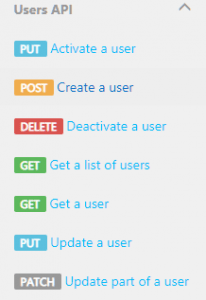








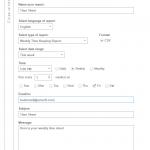







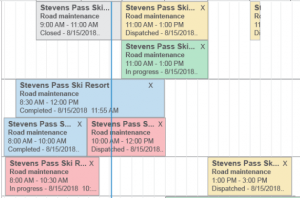


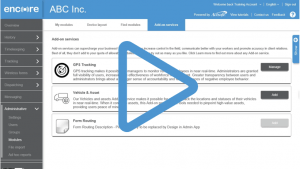
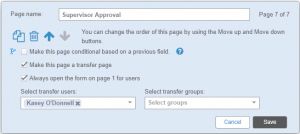
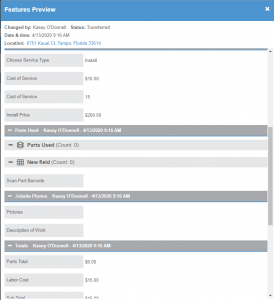
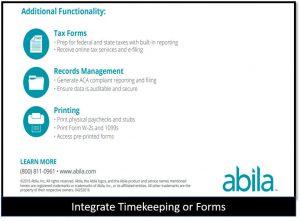
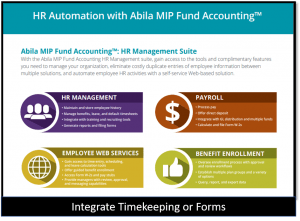

 Gain even greater insight into the daily activities of your fleet using the combination of Geotab and Actsoft. Geotab devices provide detailed data collection and seamless integration with our solutions; learn more about the ways your vehicles are being used daily with the power of this tandem.
Gain even greater insight into the daily activities of your fleet using the combination of Geotab and Actsoft. Geotab devices provide detailed data collection and seamless integration with our solutions; learn more about the ways your vehicles are being used daily with the power of this tandem.



 Actsoft partnered with Odin to provide our solutions overseas, through payment processing integrations. Odin helps us support user management for our software; customers can also purchase our products through Odin’s billing platform.
Actsoft partnered with Odin to provide our solutions overseas, through payment processing integrations. Odin helps us support user management for our software; customers can also purchase our products through Odin’s billing platform.

 VisTracks powers our Electronic Logging Device (ELD) solution, which enables transportation businesses to easily automate their hours of service logs, remain in governmental compliance, and reduce their potential to incur costly fines.
VisTracks powers our Electronic Logging Device (ELD) solution, which enables transportation businesses to easily automate their hours of service logs, remain in governmental compliance, and reduce their potential to incur costly fines. Integration between Actsoft solutions and BeWhere’s software products is available. Take your team’s asset tracking, cellular data connectivity, and field insight a step further with effective, cross-application compatibility.
Integration between Actsoft solutions and BeWhere’s software products is available. Take your team’s asset tracking, cellular data connectivity, and field insight a step further with effective, cross-application compatibility.
 CalAmp tracking devices for vehicles and assets alike are compatible with Actsoft solutions, making it easy for you to efficiently monitor your equipment and fleet cars. Help your team enhance accountability, safety, and savings through a combination of easily installed hardware and intuitive software.
CalAmp tracking devices for vehicles and assets alike are compatible with Actsoft solutions, making it easy for you to efficiently monitor your equipment and fleet cars. Help your team enhance accountability, safety, and savings through a combination of easily installed hardware and intuitive software.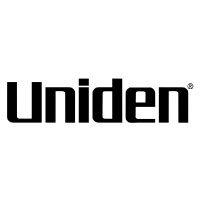 Our partnership with Uniden is ideal for companies looking to gain advanced diagnostics on their fleets. Uniden’s extensive product listing of car electronics like radios, dash cams, radar detectors, and in-vehicle communicators work in concert with Actsoft’s solutions to better connect your vehicles to the company headquarters.
Our partnership with Uniden is ideal for companies looking to gain advanced diagnostics on their fleets. Uniden’s extensive product listing of car electronics like radios, dash cams, radar detectors, and in-vehicle communicators work in concert with Actsoft’s solutions to better connect your vehicles to the company headquarters. Kyocera offers a wide range of mobile devices, ranging in design from traditional phones to ultra-durable handset technology. Actsoft is able to equip organizations in a variety of different industries with solutions for improved business, while Kyocera supplies the technology they can flawlessly operate on.
Kyocera offers a wide range of mobile devices, ranging in design from traditional phones to ultra-durable handset technology. Actsoft is able to equip organizations in a variety of different industries with solutions for improved business, while Kyocera supplies the technology they can flawlessly operate on.

 Our software is the perfect complement to Apple’s user-friendly technology. Equip your workforce with the devices and solutions it needs for optimized productivity during daily operations with Apple and Actsoft.
Our software is the perfect complement to Apple’s user-friendly technology. Equip your workforce with the devices and solutions it needs for optimized productivity during daily operations with Apple and Actsoft.
 Actsoft and Sanyo teamed up to merge intuitive business management software with the technology of today. This partnership allows us to provide you with all the tools your team needs for improved workflows, better coordination, and optimized productivity.
Actsoft and Sanyo teamed up to merge intuitive business management software with the technology of today. This partnership allows us to provide you with all the tools your team needs for improved workflows, better coordination, and optimized productivity. Motorola’s mobile technology works in tandem with our solutions to provide extra versatility to your business practices. Coupled with our software’s features, Motorola’s reliable devices make connecting your workforce simpler than ever to do.
Motorola’s mobile technology works in tandem with our solutions to provide extra versatility to your business practices. Coupled with our software’s features, Motorola’s reliable devices make connecting your workforce simpler than ever to do. We’re able to bundle certain solutions of ours (including our Electronic Visit Verification options) with Samsung devices to help your team achieve as much functionality as possible, while keeping rates affordable. Use these combinations for accurate recordkeeping, improved communication, and smarter data collection in the field.
We’re able to bundle certain solutions of ours (including our Electronic Visit Verification options) with Samsung devices to help your team achieve as much functionality as possible, while keeping rates affordable. Use these combinations for accurate recordkeeping, improved communication, and smarter data collection in the field.